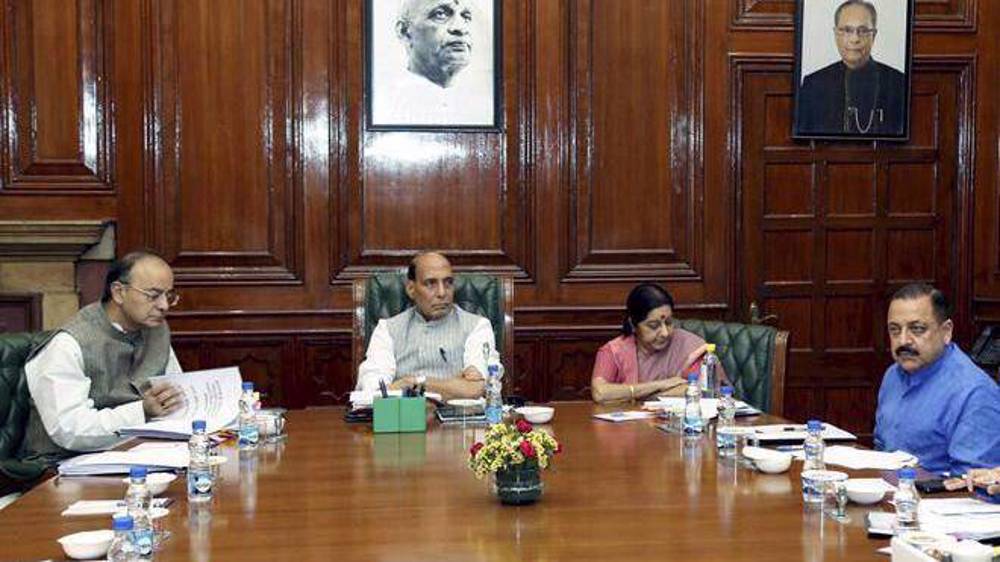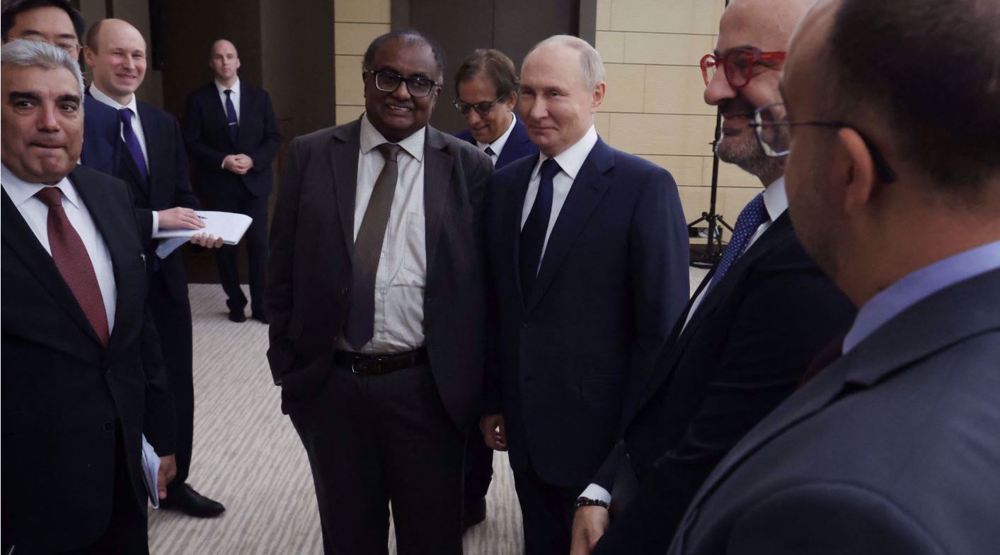India, China reach no ‘meaningful result’ from talks over border conflict
India says no “meaningful” solution has been reached with China to a standoff over a section of their Himalayan border, despite several rounds of diplomatic and military talks that were held to de-escalate the border tensions between the nuclear armed neighbors.
Indian Defense Minister Rajnath Singh said on Tuesday that there had been “no meaningful result” from the several rounds of talks, which aimed to de-escalate tensions that prompted both sides to ramp up their military presence across the border.
The two sides moved troops, weapons, and supplies to the high-altitude desert region after a deadly clash at the Line of Actual Control killed 20 Indian soldiers back in June.
“If the status quo continues, it is obvious that the deployment won’t come down,” Singh said.
He said that “in order to reduce the standoff between India and China, talks were taking place on a military and diplomatic level. But no success has been achieved so far.”
Singh also said that both sides were still exchanging messages over the border situation and another round of military talks was in the offing.
“Our expectation is that some positive result can be achieved through talks,” he added.
The two Asian powerhouses have for long been at loggerheads over the Line of Actual Control that divides their long border. They also fought a brief war over the issue back in 1962.
India, which has positioned around 50,000 troops in the contested area, has asserted that it is “determined to protect its sovereignty and territorial integrity in the face of unilateralism and aggression, no matter what the sacrifice.”
Meanwhile, a top Indian military official said China had heavily deployed its air force, along with a large number of radars and missiles, to the border region to “establish border claim lines.”
“Their deployment has been very strong,” said Air Force Chief Marshal Bhadauria. “We have taken every action that we were required to take and cater to such situation and be sure that we will handle it.”
China’s actions along the border, according to Bhadauria, could be aimed at starting “border talks on the new positions, military signaling, domination efforts with escalation control and deployment and training of their […] forces in real war-like scenarios.”
Back in September, the foreign ministers of the two countries reached a five-point consensus during a trip to Russia, where they agreed that the current border situation was in neither side’s interest and that troops from both sides should quickly disengage in order to ease tensions.
But a new spike in tensions occurred again when Indian soldiers went up to a border area near Pangong Tso, which straddles the frontier.
An Indian military commander has warned previously that such confrontations could escalate into a major conflict between the two nations.
Iranian diaspora in EU, UK deplore ban on national airline
VIDEO | Press TV's News Headlines
Israel’s military struggling with shortage of troops: Report
Iran calls for more efforts to establish peace in Gaza, Lebanon
Israel targets journalists in southern Lebanon to mask atrocities
Trump vs Harris: A choice between two deranged war hawks who cheer genocide in Gaza
Over 1,800 Palestinians killed in Israel’s month-long attacks in northern Gaza
UN official urges Egypt to seize Israel-bound arms ship MV Kathrin













 This makes it easy to access the Press TV website
This makes it easy to access the Press TV website